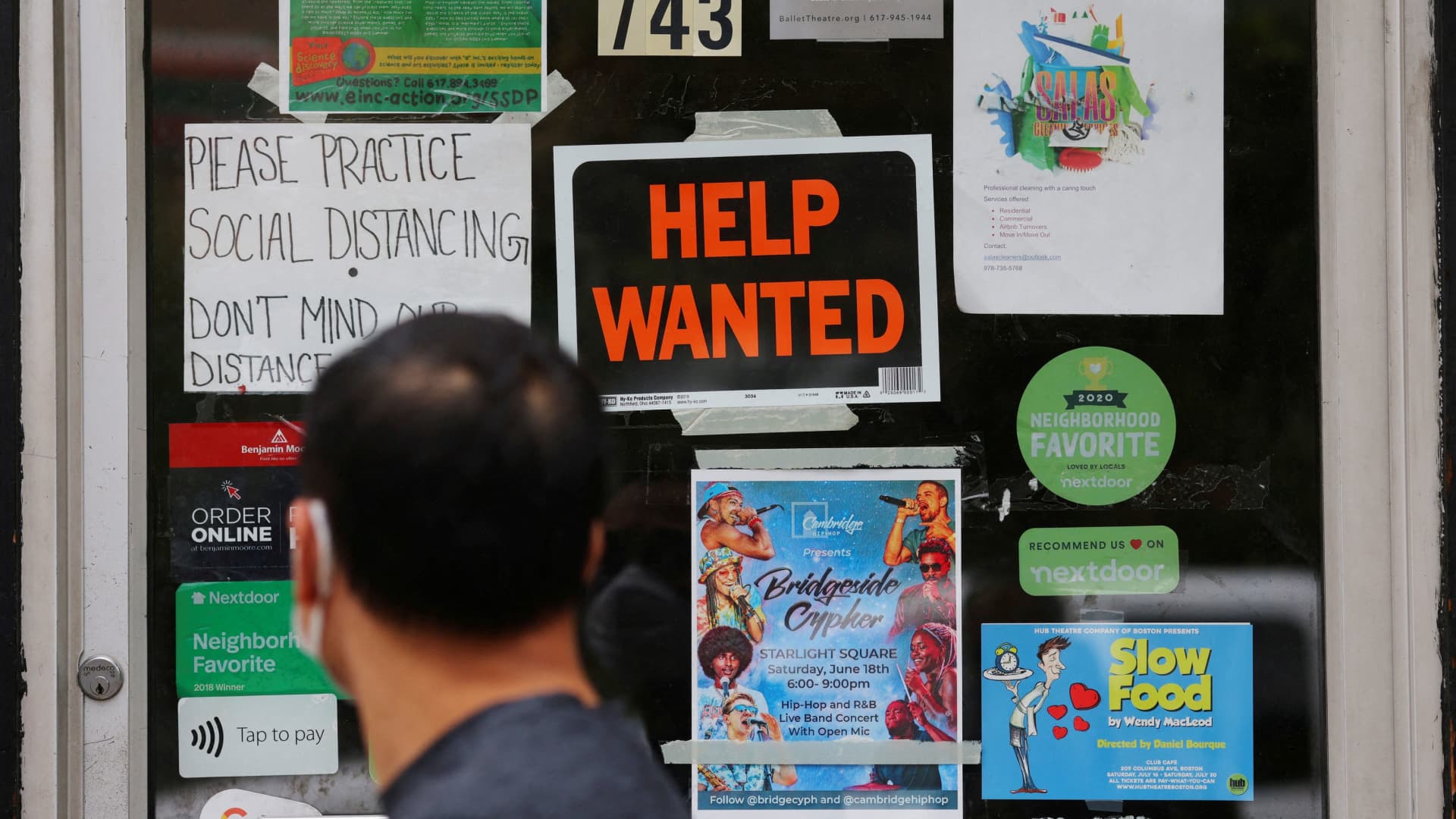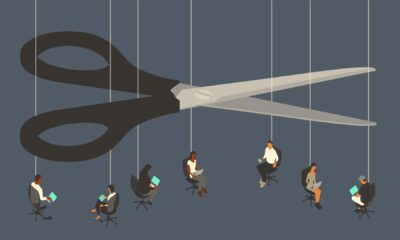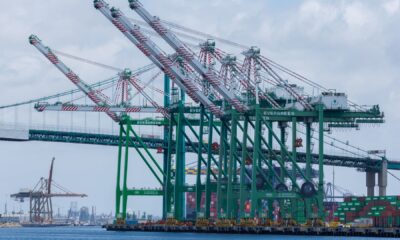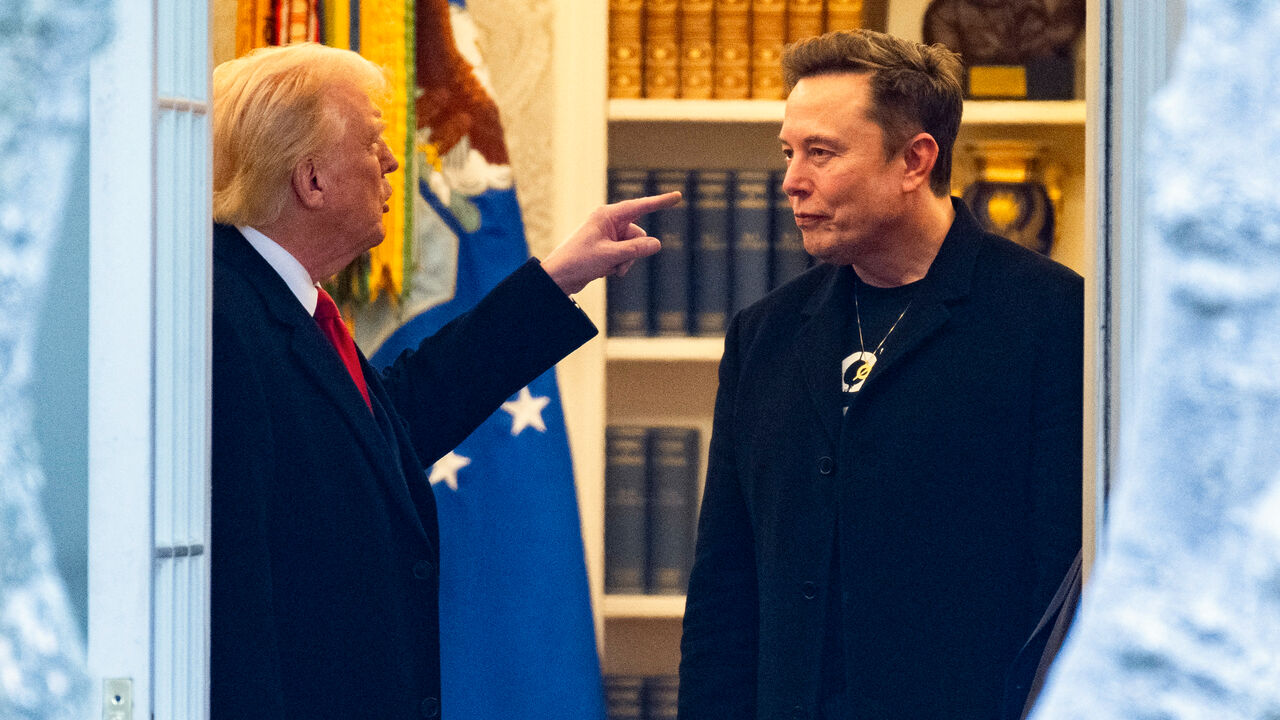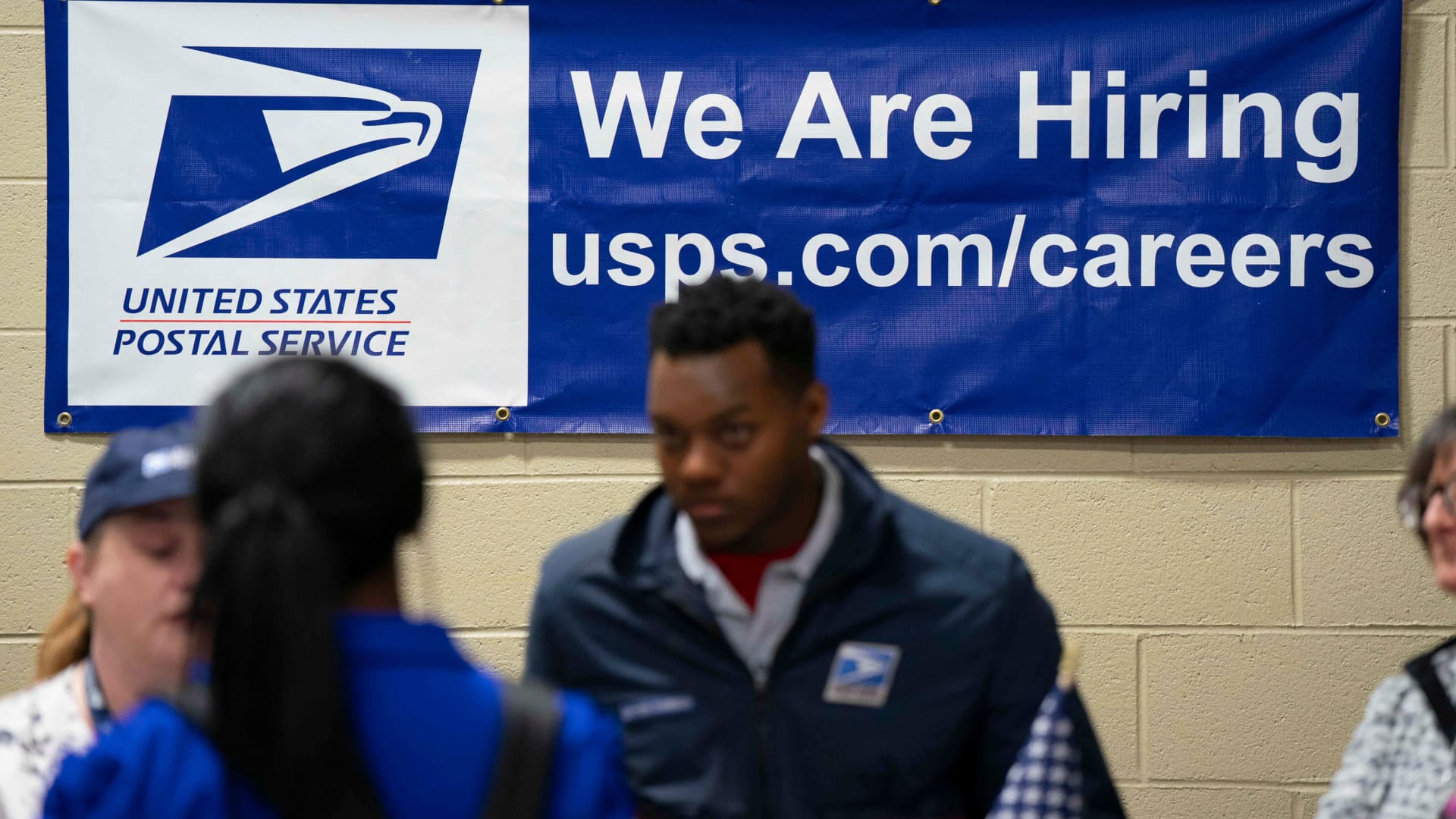Job growth was stronger than expected in March, providing at least temporary reassurance that the labor market is stable, the Labor Department reported Friday.
Nonfarm payrolls increased 228,000 for the month, up from the revised 117,000 in February and better than the Dow Jones estimate for 140,000, according to the Bureau of Labor Statistics.
However, the unemployment rate moved up to 4.2%, higher than the 4.1% forecast as the labor force participation rate also increased.
Though the headline number beat estimates, the report comes against a highly uncertain backdrop after President Donald Trump’s tariff announcement this week that has intensified fears of a global trade war that could damage economic growth.
Stocks reacted little to the report, with futures tied to the Dow Jones Industrial Average off their lows still down by more than 900 points while Treasury yields held sharply negative.
“Today’s better than expected jobs report will help ease fears of an immediate softening in the US labor market,” said Lindsay Rosner, head of multi-sector fixed income investing at Goldman Sachs Asset Management. “However, this number has become a side dish with the market just focusing on the entrée: tariffs.”
Trump announced a flat duty of 10% against all trading partners along with a wide menu of so-called reciprocal tariffs that already have provoked retaliation from China and others. Wall Street has been in aggressively sell-off mode for the past two days, with stocks tumbling and investors flocking to the safety of fixed income.
Previous indicators showed the labor market holding up, but the tariff moves raise the possibility that companies will hold back on hiring as they assess just what the new trade landscape will look like.
The March numbers, though, pointed to a still-strong labor market, though the January and February counts saw substantial downward revisions. In addition to the cut of 34,000 from the initial count for February, January’s growth is now at just 111,000, down 14,000 from the previous estimate.
Average hourly earnings increased 0.3% on the month, in line with the forecast, while the annual rate of 3.8% was 0.1 percentage point below the estimate and the lowest level since July 2024. The average work week was unchanged at 34.2 hours.
For March, health care was the leading growth area, consistent with prior months. The industry added 54,000 jobs, almost exactly in line with its 12-month average. Other growth areas included social assistance and retail, which both added 24,000, while transportation and warehousing showed a 23,000 increase.
Federal government positions declined by just 4,000, despite the Elon Musk-led efforts, though the Department of Government Efficiency, to pare the federal workforce. However, the BLS noted that workers on severance or paid leave are counted as employed. A report Thursday from consultancy firm Challenger, Gray & Christmas indicated that DOGE-related layoffs have totaled more than 275,000 so far.
“While Friday’s jobs report showed that the economy is still adding jobs even with the tariff uncertainty and Federal job cuts, the data is backward looking and doesn’t say anything about how employers might fare over the coming months,” said Glen Smith, chief investment officer at GDS Wealth Management.
A broader unemployment indicator that includes those not looking for work as well as workers holding part-time jobs for economic reasons — the underemployed — edged lower to 7.9%.
The survey of households, which is used to determine the unemployment rate, was closely in line with the establishment payroll count, as it showed a gain of 201,000 workers.
Get Your Ticket to Pro LIVE
Join us at the New York Stock Exchange!
Uncertain markets? Gain an edge with CNBC Pro LIVE, an exclusive, inaugural event at the historic New York Stock Exchange.
In today’s dynamic financial landscape, access to expert insights is paramount. As a CNBC Pro subscriber, we invite you to join us for our first exclusive, in-person CNBC Pro LIVE event at the iconic NYSE on Thursday, June 12.
Join interactive Pro clinics led by our Pros Carter Worth, Dan Niles, and Dan Ives, with a special edition of Pro Talks with Tom Lee. You’ll also get the opportunity to network with CNBC experts, talent and other Pro subscribers during an exciting cocktail hour on the legendary trading floor. Tickets are limited!

 Blog Post6 days ago
Blog Post6 days ago
 Accounting1 week ago
Accounting1 week ago
 Economics1 week ago
Economics1 week ago
 Personal Finance1 week ago
Personal Finance1 week ago
 Economics1 week ago
Economics1 week ago
 Personal Finance1 week ago
Personal Finance1 week ago
 Accounting1 week ago
Accounting1 week ago
 Finance1 week ago
Finance1 week ago
